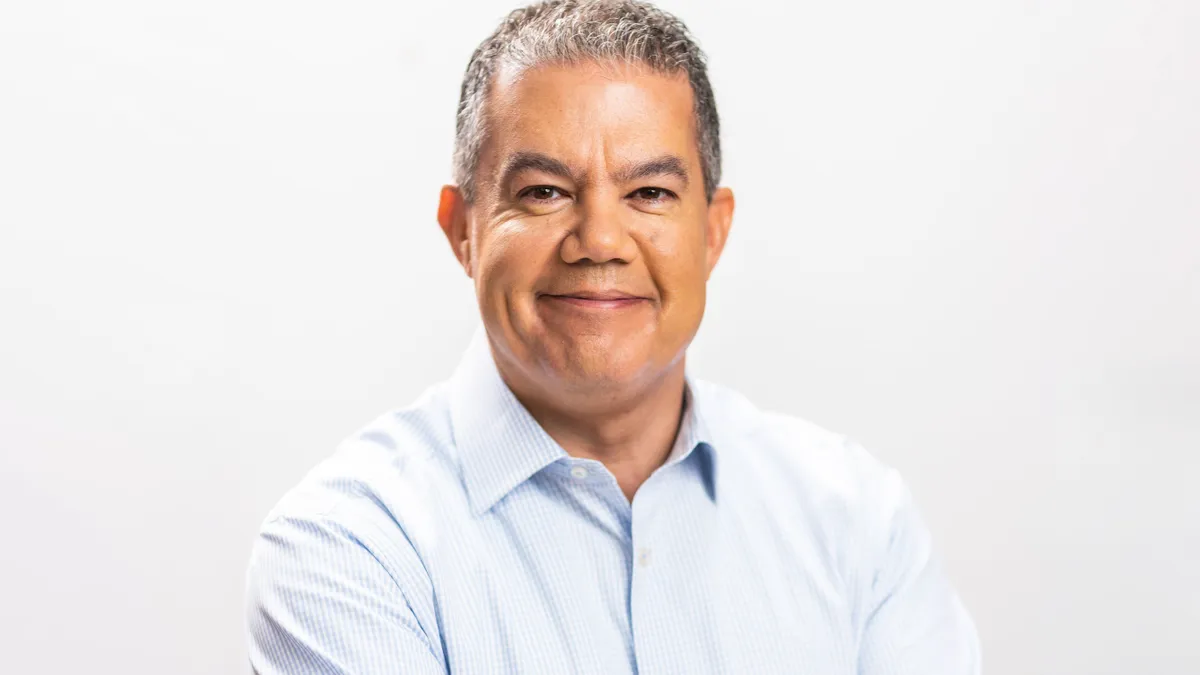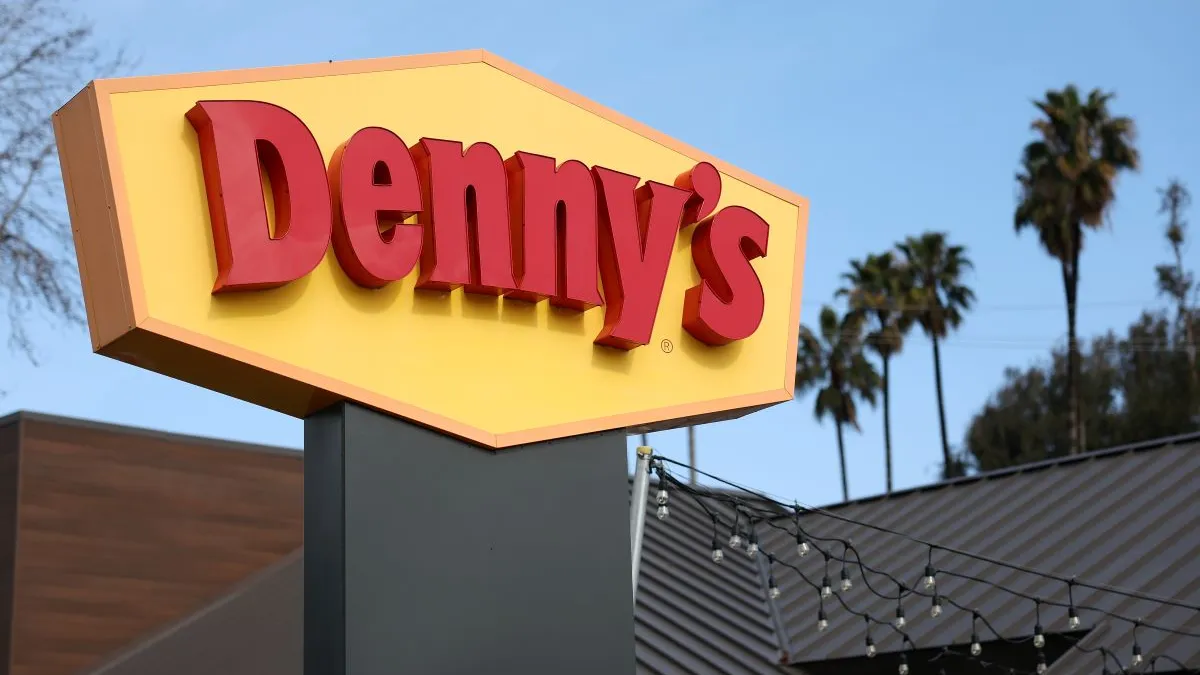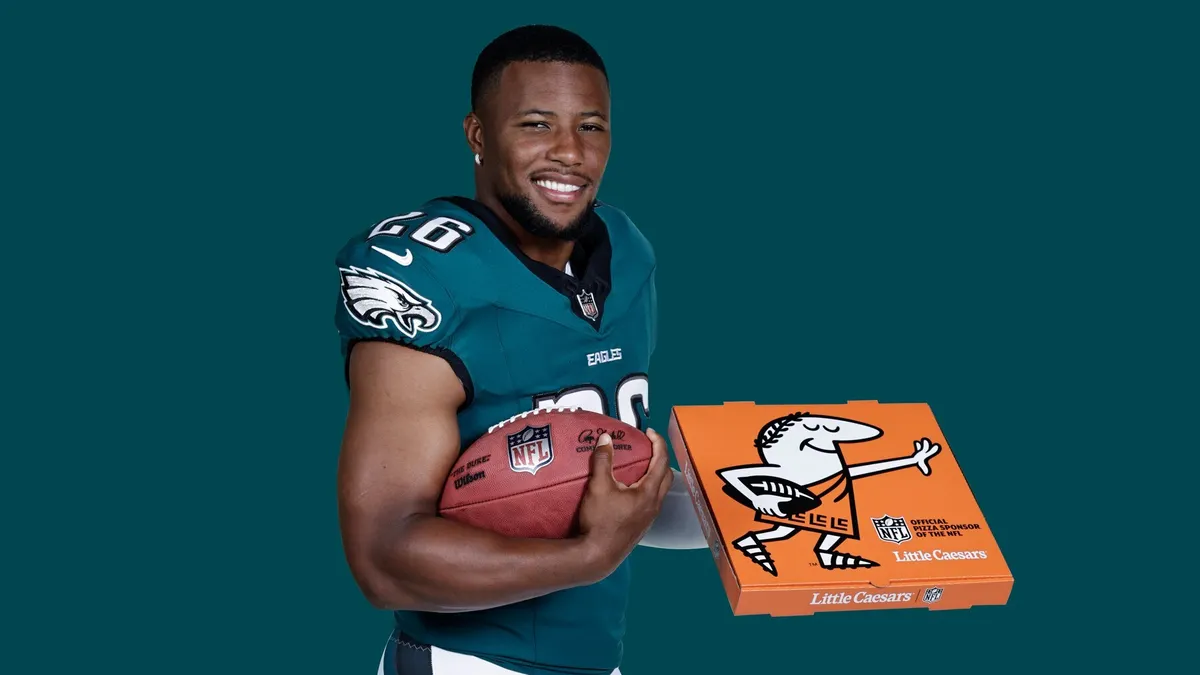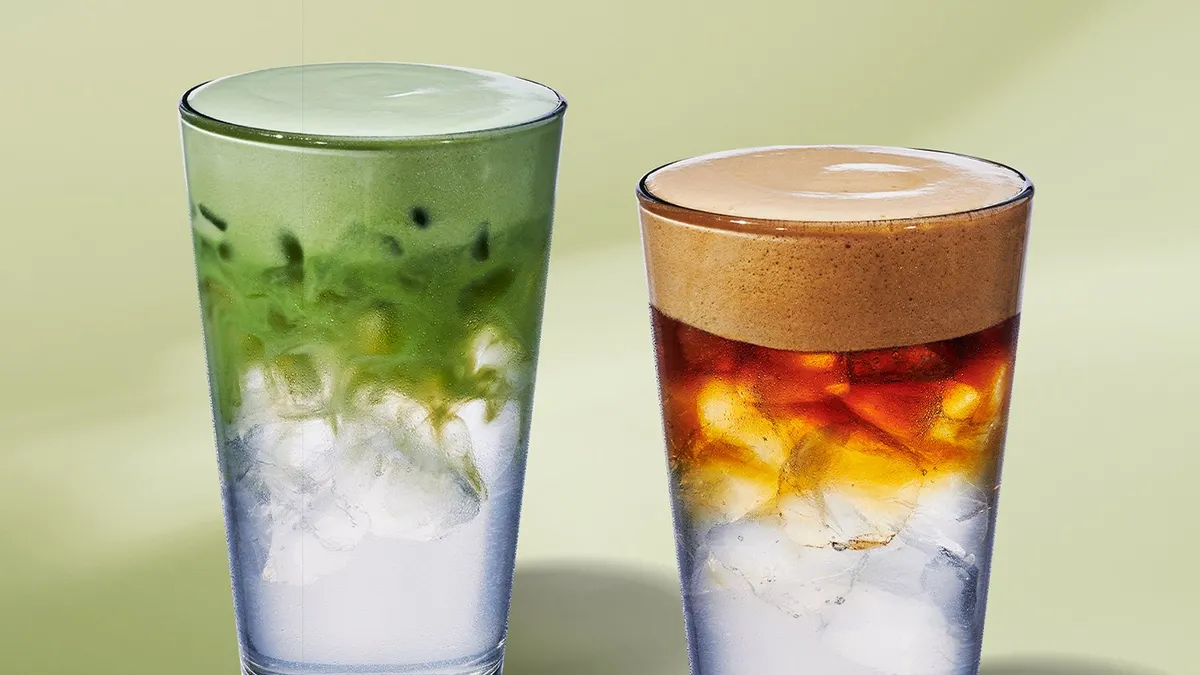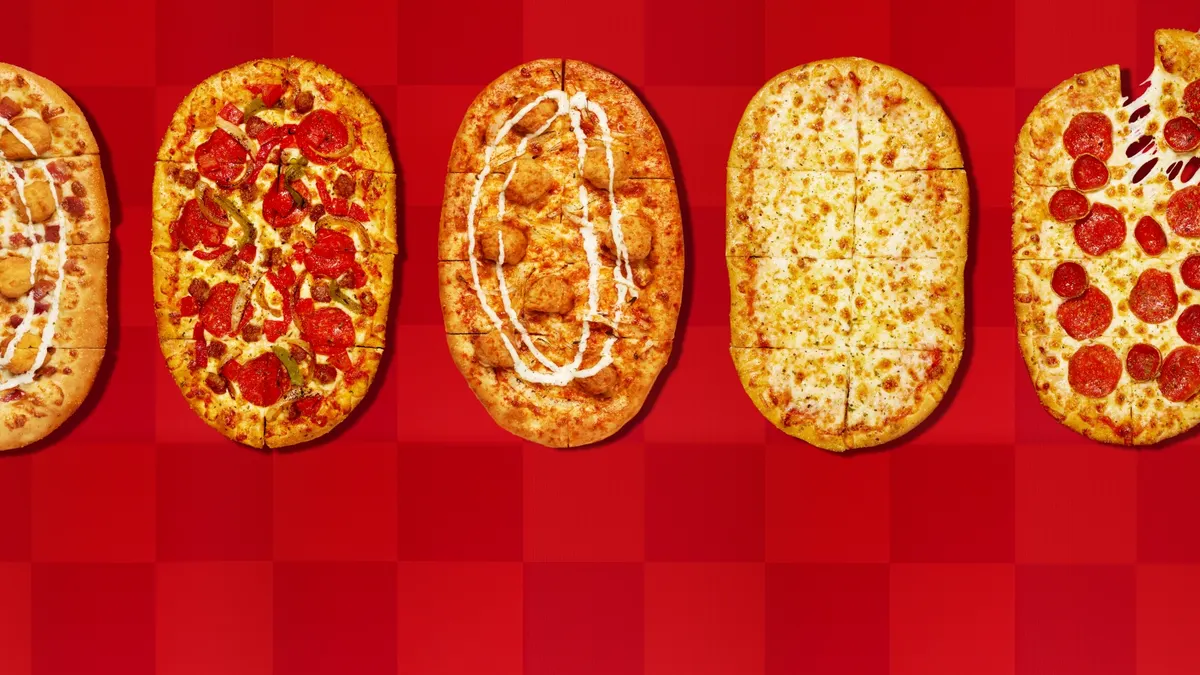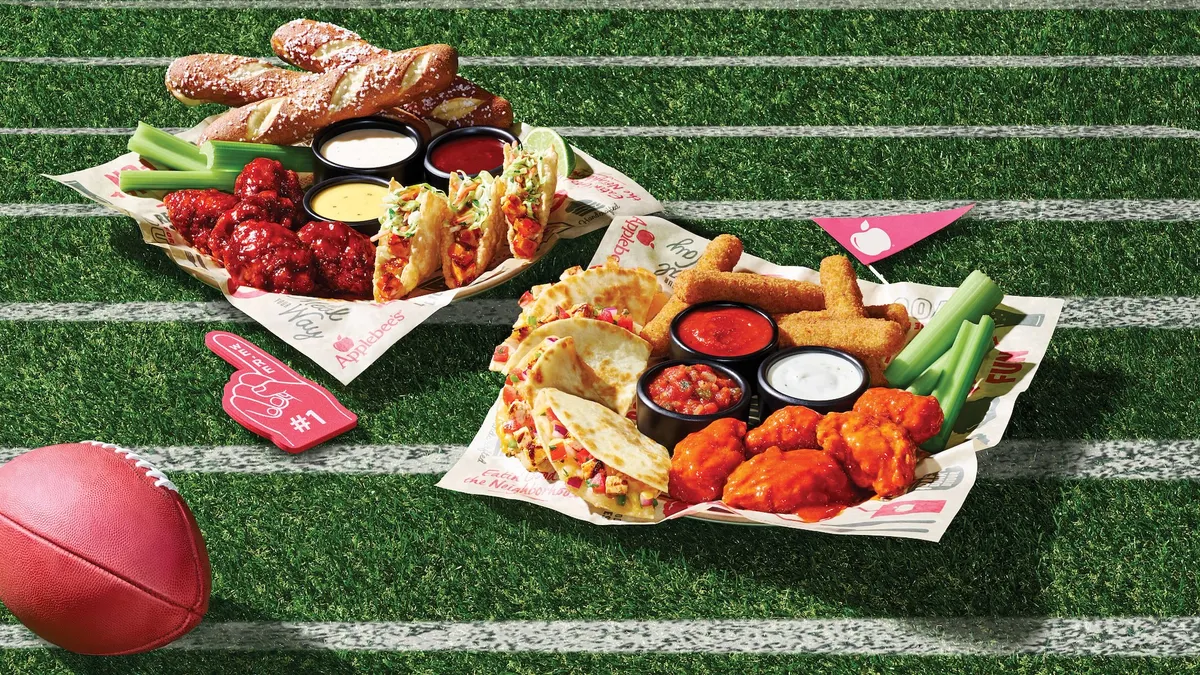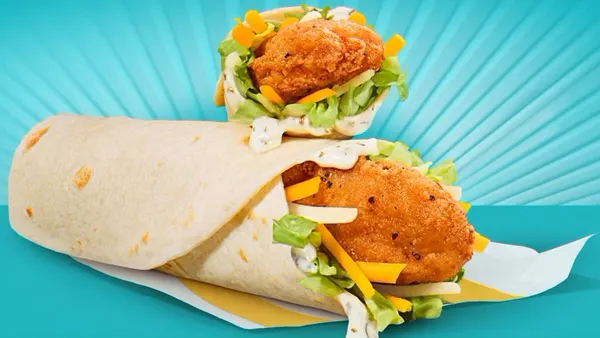Sherif Mityas, who joined Friendly’s parent company BRIX Holdings as CEO in 2022, is confident the chain is poised for a revival.
The nearly 90-year-old brand has been shrinking for a long time. Its unit count peaked around 850 in 1996, according to the Boston Business Journal, at a time when its growth strategy was hasty, rather than responsible, according to Mityas. It is now down to around 100. But Mityas predicts the chain will return to net unit growth next year and pursue a strategy of sensible growth focused on profitability after that.
The changes the chain has made, including remodels and menu updates, have led to double-digit growth in same-store sales and in traffic are helping drive franchisee interest, Mityas said.
The chain is opening stores in new markets, like Orlando, Florida, and is preparing to expand to parent company Brix’s home state of Texas.
“We're probably going to be net even this year, because we're going to open a couple of stores and will probably close a couple. Next year the anticipation is we'll be up by three to four stores,” Mityas said
Mityas spoke to Restaurant Dive about Friendly’s turnaround plans, its growth strategy and how it’s capitalizing on its long brand history.
Editor’s note: This interview has been edited for brevity and clarity.
RESTAURANT DIVE: What development deals does Friendly’s have in the works?
Sherif Mityas: We've got about half a dozen interested groups across the South. We're seeing a lot of opportunity and interest in Friendly’s from Florida through to Texas and in places like Georgia, and the Carolinas where we already have a couple of stores.
Texas is obviously a very big market, with a growing economy, the eighth-largest in the world, and there's a lot of opportunities to bring the Friendly's brand here.
What do you think makes Friendly’s attractive to franchisees in the South?
First is brand recognition. We've had so many transplants into Texas, and the number of Fortune 500 headquarters that have moved into Texas is pretty extraordinary. A lot of folks that grew up in the Northeast and along the Eastern seaboard now live here and miss it.
I get emails almost every other day from folks that are asking, “When is Friendly’s coming to Texas?”
The second thing is there's very few concepts that really marry sit-down, family casual Americana food, with ice cream. Thirty percent of our sales come from the ice cream side. You don't really find that combination in a number of other competitors. There's really an opportunity in the economic model for franchisees.
Are you offering any development discounts?
A lot of the new growth, at least initially, is going to come from our existing franchisees and their networks. In fact, the newest store in Orlando is an existing franchisee that decided to build another one.
We're knocking the initial franchise fee of $30,000 in half. And we're also giving a 0% royalty rate for the first six months and 3% royalty for the subsequent six months. And then 6% royalty starting year two.
For new franchisees we offer identical incentives.
What are the average unit volumes at Friendly’s?
Our average unit volumes now are north of $2 million. You've got the small kind of stores that have been [operating] for a long time, as well as some of the newer ones that we've remodeled. Some of our stores do north of $3.5 million to $4 million. But the average is a little over $2 million and growing. We've had positive comps now for the last four quarters, and year-to-date, very positive.
What’s driving those positive comps?
Traffic. We didn't take any price this year. We are comping over price increases from the year prior that everyone took when supply chain and labor increased. We held the line this year. And so we are seeing increased traffic and increased frequency, as well, from our tests.
How did you manage to lift traffic and same-store sales by double-digits year-over-year?
It was a combination of a few things. One is we completely redesigned our menu.
We took the best parts of the menu in terms of the nostalgic items that everyone expects to be on a Friendly’s menu and we added relevancy. We added items that are new, unique, and taste great. We've upgraded some of the ingredients and really created more of a craveable opportunity for folks to come and try out Friendly’s, both on the food side as well as some of our great new desserts and ice cream sundaes.
Second, we updated the restaurants. We’re an 89-year-old brand. And so the opportunity for us to create a newness inside the restaurant — from a design perspective, from an experience perspective — really helps people see that not only is Friendly’s alive, but they're relevant again.
We spent a lot of time, from a marketing perspective, creating more connections to a new set of guests. We had guests that were basically grandparents. They were there with their parents, and now they are with their kids.
We did an event with the pop-up restaurant group Chain in Los Angeles. We sold out 500 tickets with that group in a minute-and-a-half. So we created this awareness that Friendly’s is not only back, but it's cool again.
We did a great promotion with the Jonas Brothers. They created their band sitting in a Friendly’s restaurant. We partnered with them and sponsored their concert. They co-created a sundae to put on our menu and allowed us to talk with them.
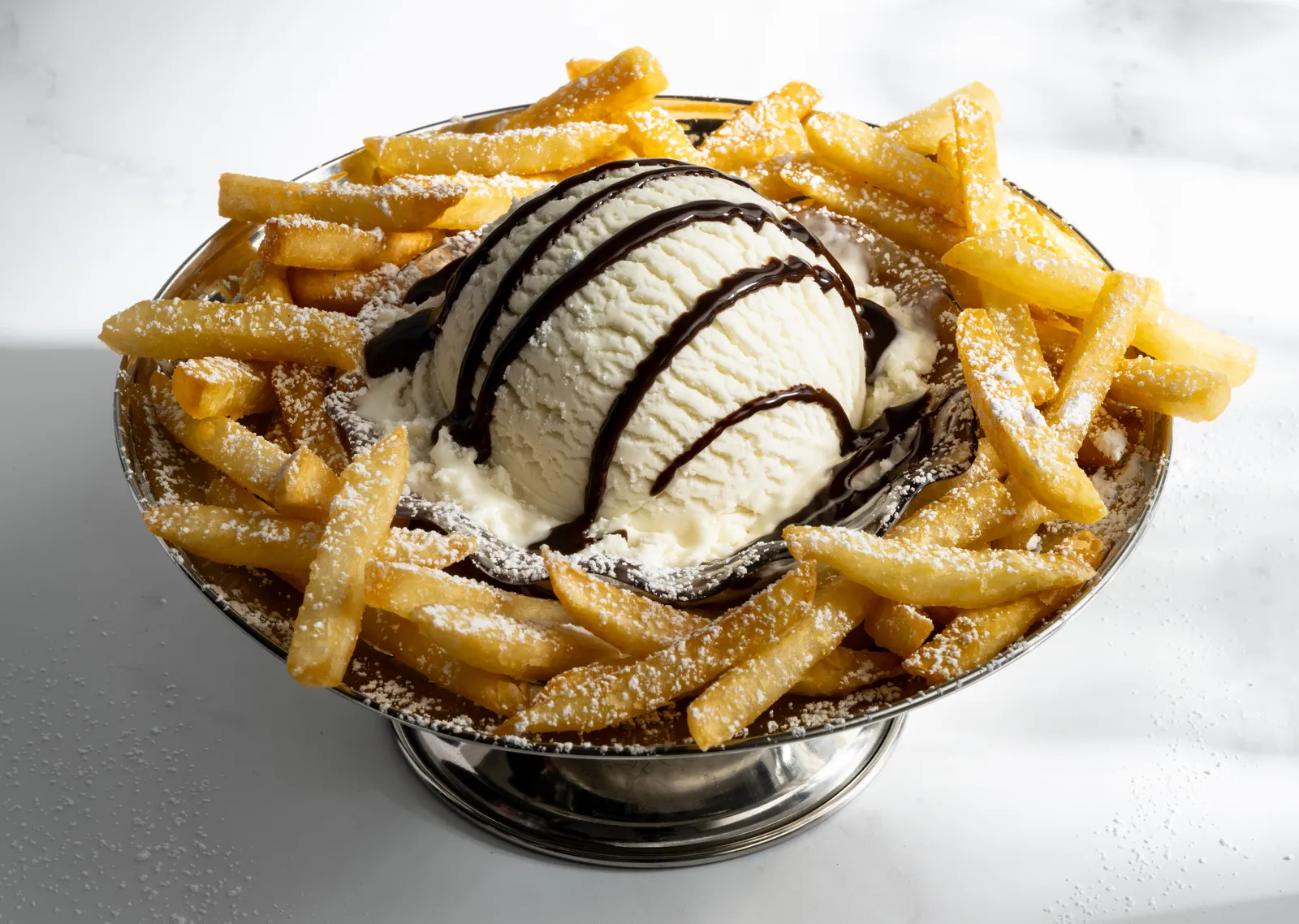
What makes a menu item relevant in 2024?
There is this return to comfort food. Friendly’s has always been known for their melts and burgers.
How do you make a burger relevant, or fun, or Instagrammable? Well, we created the Cheese Skirt Burger. Imagine this huge fried piece of cheese that sits on a burger. That is Instagrammable. It creates something new and unique, but also tastes great.
We talked to a lot of our guests and started to think about how do you take something that has always been there, like a melt or a burger, but put a little unique twist on it.
Something we just launched is our French Fry Sundae. You always used to have the hack where you could dip your french fries into your shakes. Now, we actually have a sundae now with ice cream scoops sitting on a bed of French fries. It’s phenomenal.
The menu overhaul took a good year. We wanted to take our time. We did a lot of testing. But now we're really comfortable where it is. And it's obviously working for us.
When it comes to restaurant remodels, how did you change the stores while retaining that historical brand identity?
On the design side, we took some of those old elements that were there that people know from Friendly’s and updated them from a color perspective. In certain cases, we changed the mural to add more fun, more recency, to some of our old units, and added more pastels. Think about an ice cream shop and a Neapolitan color scheme.
All the ice cream counters at Friendly's used to be behind the counter. No one could see the ice cream. You ordered it at the table and the server would bring it to you. We've now opened up the ice cream counter. As you're going to your table, you can see all the ice creams.
At the newest restaurant we have in Orlando, not only are all the ice creams there, we created a Fribble wall — Fribbles are our shakes. You can see the ice cream. You can see all the toppings in different candy bins. Kids can go off and design their own shakes.
It's about bringing ice cream and the candy and the Willy Wonka feel that we have, on our sweet side of the menu, bringing that in front of the guests so that they can interact with the sweetness of Friendly’s.
So we've got about 20% of the chain that's gone through the full remodel. There's another 20% that are halfway through. The rest are slated for the next six to 12 months.
What’s your future target pace for development?
We'd like some measured growth, but at least five to seven restaurants per year.
I think the ideal size is, given the geographies that we believe are available and attractive for this brand, somewhere between 250 and 300 restaurants.
That would take a while.
For the next three to five years, [this will be] done at that pace that I mentioned. I hope to accelerate that, especially with more multi-unit operators that want to develop larger regions of the country. But this is not about trying to plant flags. This is about growth that is positive from a unit economic and franchisee profitability perspective.
We really want to ensure we're not repeating the sins of the past, to be very transparent with you. Friendly’s used to have 800 restaurants. And that was more of a land grab. We don't want to do that again. We want to grow, we want to grow sensibly, we want to grow where it makes sense and we want to grow profitably.



